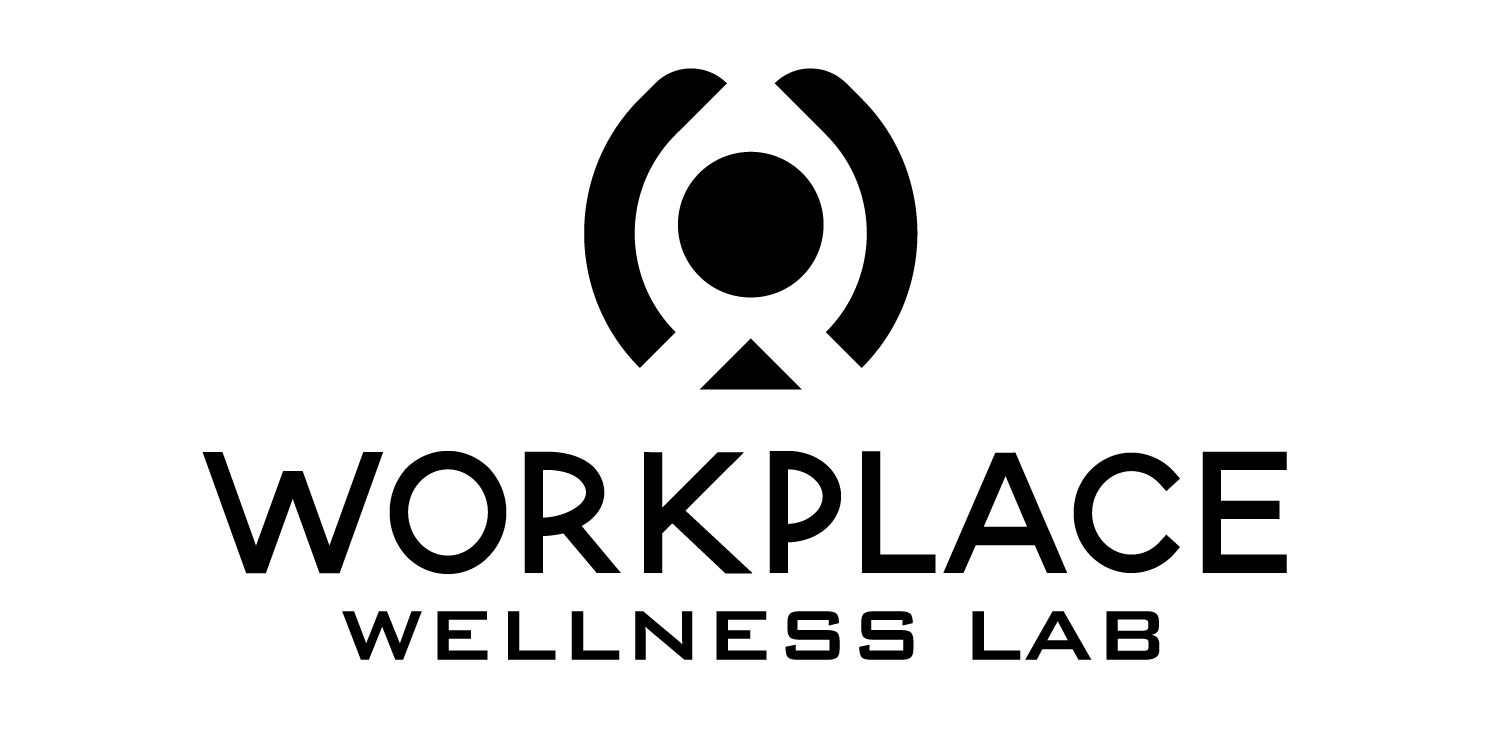Transparency is extremely important to us, so we are letting you know that we may receive a commission on some of links you click on from this page. See our disclaimer.
Finding opportunities to exercise during the workday can be hard, but one of the easy fitness routines at work is less difficult: Walking.
For example, as we've noted, the U.S. Centers for Disease Control and Prevention recently published a study looking into the question, titled “Opportunities for Increased Physical Activity in the Workplace: the Walking Meeting (WaM) Pilot Study, Miami, 2015.” As the study states: “Despite the positive impact walking has on human health, few opportunities exist for workers with largely sedentary jobs to increase physical activity while at work. The objective of this pilot study was to examine the implementation, feasibility, and acceptability of using a Walking Meeting (WaM) protocol to increase the level of work-related physical activity among a group of sedentary white-collar workers.”
While the study was small, the results were clear:
“Traditional seated meetings that were converted into a walking format using the WaM protocol increased moderate, vigorous, and very vigorous PA levels by 10 minutes among our sample of white-collar workers. Many jobs in the white-collar workforce involve a disproportionate amount of sitting time, which can increase the risk for being overweight or obese. Although several interventions have aimed to increase PA levels in the workplace (eg, by using stability balls instead of chairs and sit–stand work stations instead of traditional desks), the scientific literature consists of either low-quality evidence or equivocal results on the effect of these interventions. Data from this pilot study suggest that walking meetings might provide an alternative to the sedentary workdays of white-collar workers.”
Of course, one challenge for many workplaces is logistics — literally, how to make walking meetings work. One answer is to create Walking Meeting Paths. Mbonu describes the approach by The HALO group at CHEO’s Research Institute:
“A total of 12 mapped out routes were created as walking meeting rooms ranging in time from 15-60 minutes in duration (1-5 km). These were organized through Microsoft Outlook public folders and set up so that all hospital and research institute staff are able to book a walking meeting room– importantly the walking meeting rooms are never unavailable or “booked” as they can hold multiple simultaneous meetings. In a work setting where booking meeting rooms is always a challenge, the use of walking meeting rooms at CHEO has also reduced the pressure to the find adequate space for all scheduled meetings.”
Tomorrow: If walking meetings are part of the daily routine, does the number of steps matter?

